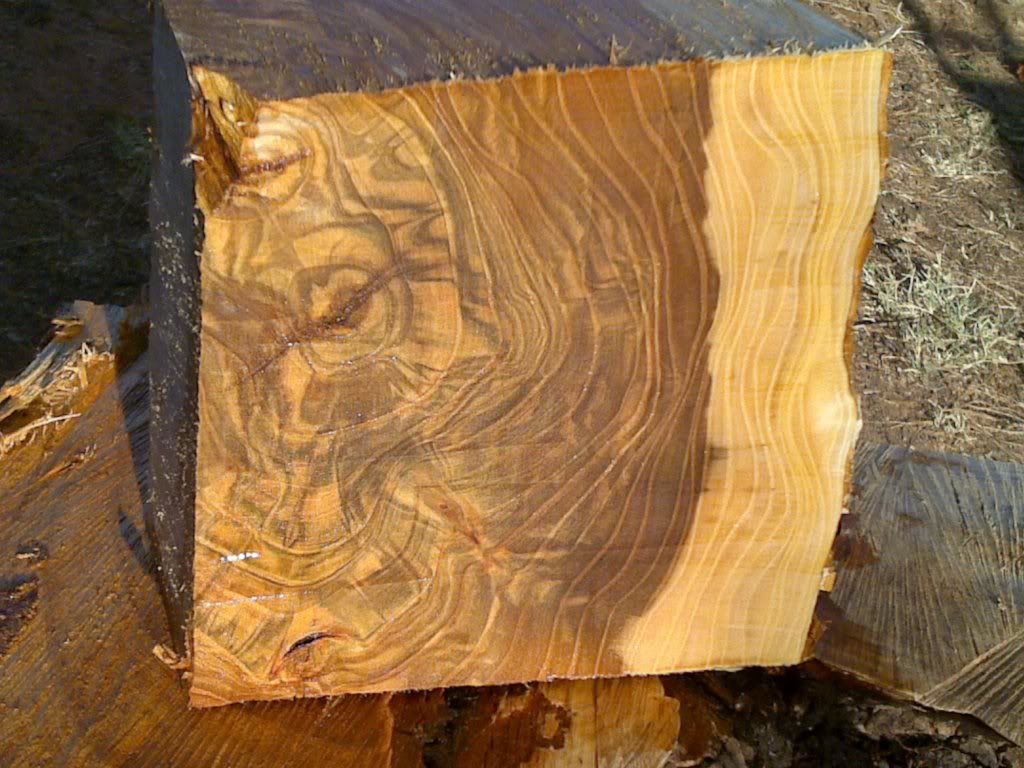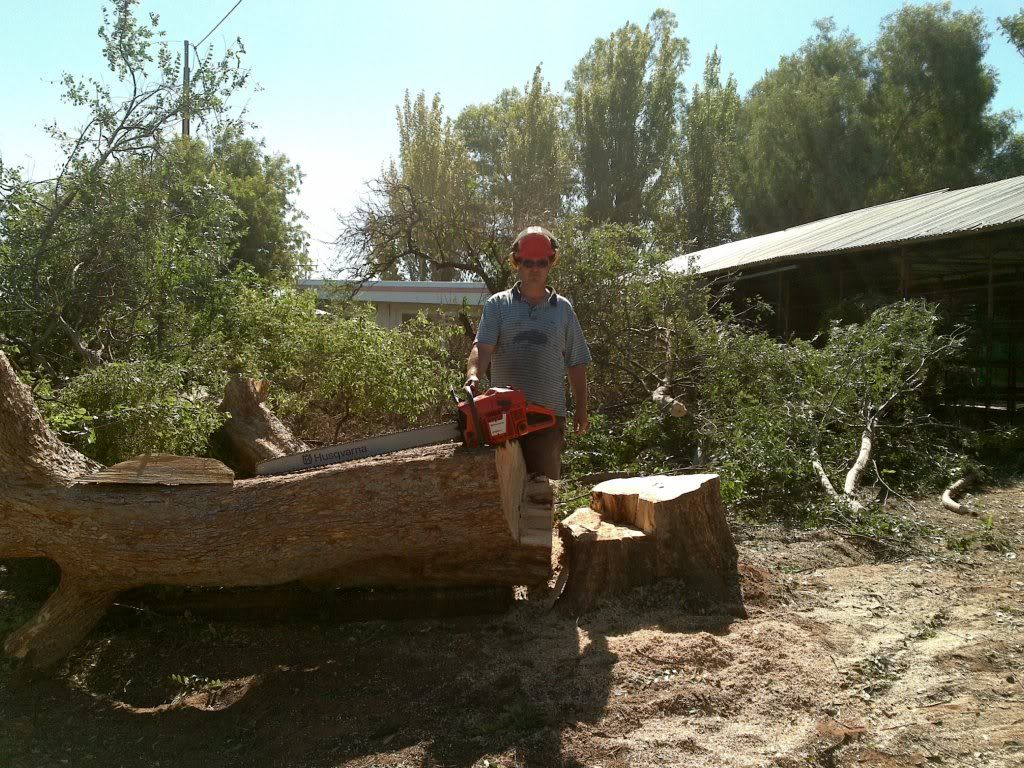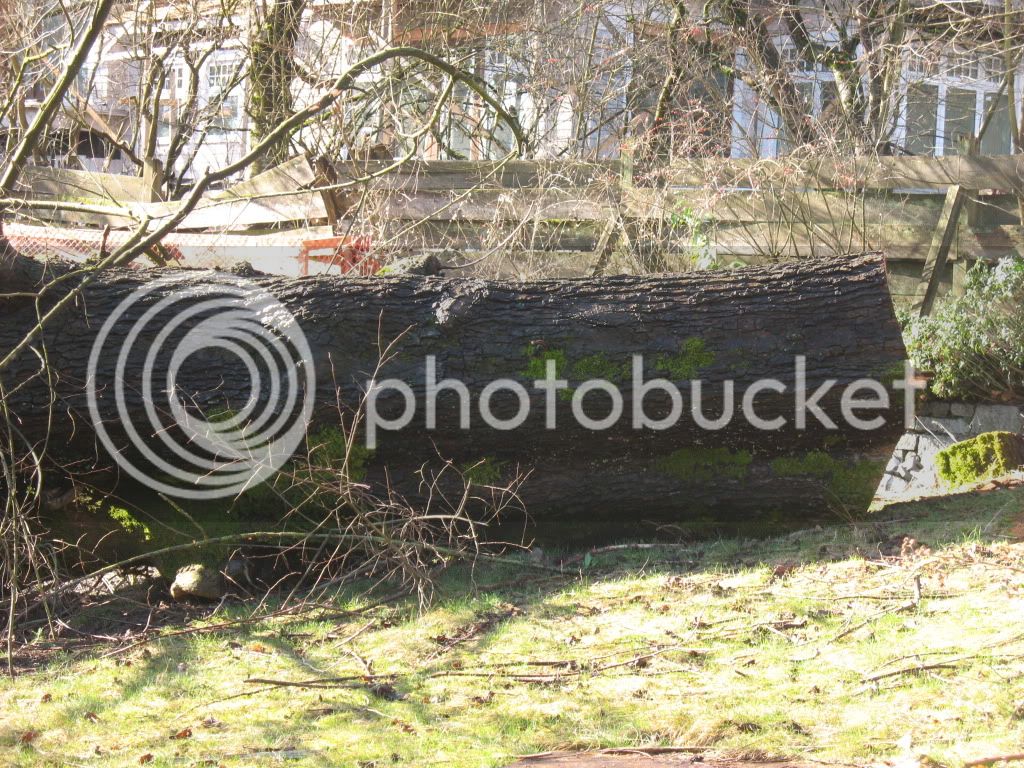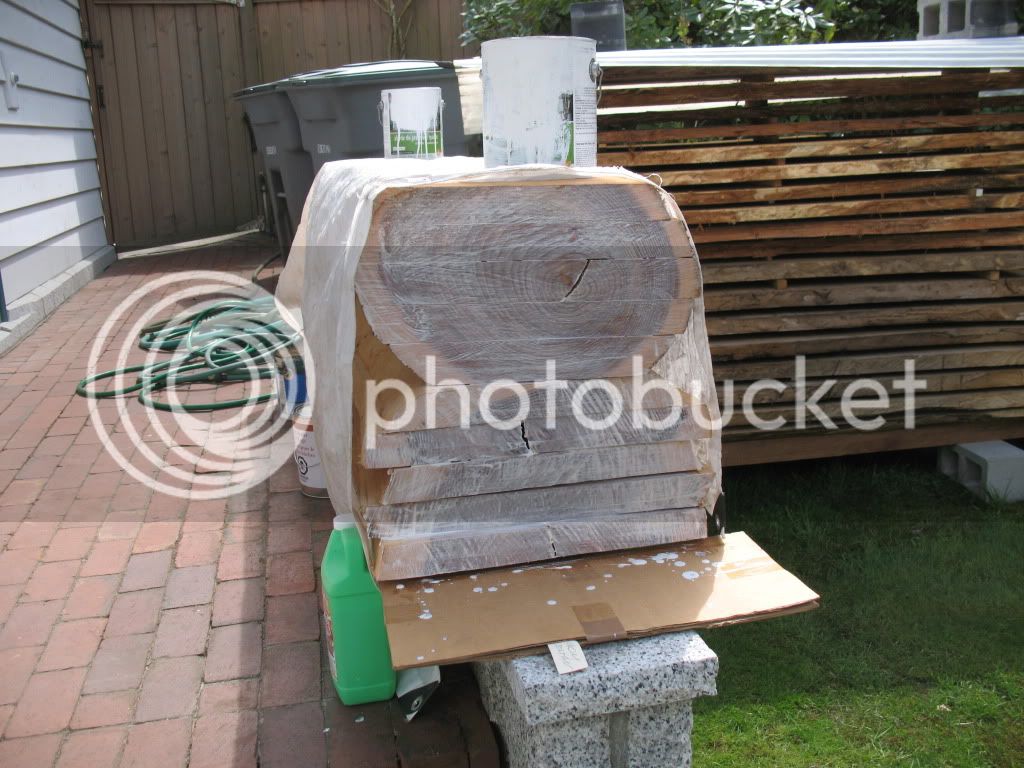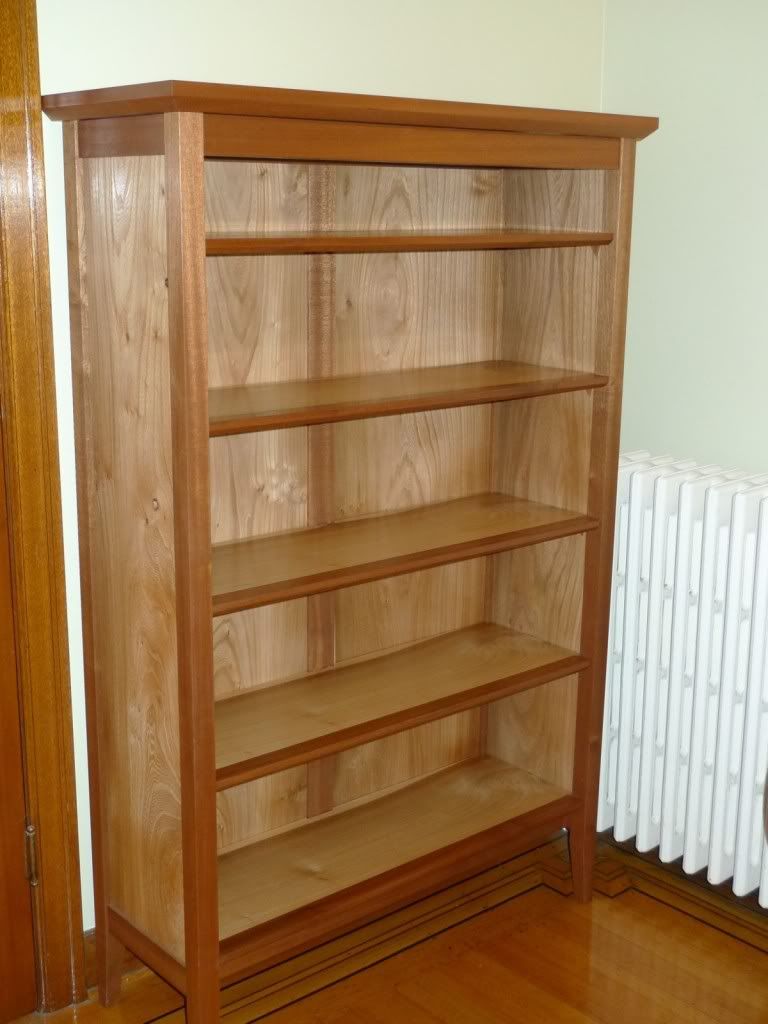deeker
Tree Freak
Going to clear cut a bunch of chinese elm. Some of which is 25"+ dbh.
Has anyone ever built anything with elm??? I will have over 40 good sized trees, over 14"dbh to play with, and a lot in the 10"dbh range. Smaller stuff will go for hobby wood and firewood.
A friend of mine builds long bows with this wood, and also makes implement handles out of it. He boils and bends it.
Some of the wood will go to the local campgrounds for picnic table tops 2.5"x12"x8'-16'.
More of it is going to be some project wood for a small one room log type shed/cabin.
I will mill oversize, (NorwoodLM2000) to allow for warp/sweep and all the fun stuff...all green healthy trees.
What should I plan on dimension should I plan on finishing to???
Thinking of 4"x6" or 6"x8". Not exactly new to milling this type of wood, just the first time building with it.
I will use Ollie bolts, to stack them with. Elm needs to be pre drilled, very fiber-us type wood.
I wish I had a couple of pictures of the sheds ( log style ) from the 4"x6" juniper we cut a few years ago.
Pics ASAP.
What do you guys think???
Kevin
Has anyone ever built anything with elm??? I will have over 40 good sized trees, over 14"dbh to play with, and a lot in the 10"dbh range. Smaller stuff will go for hobby wood and firewood.
A friend of mine builds long bows with this wood, and also makes implement handles out of it. He boils and bends it.
Some of the wood will go to the local campgrounds for picnic table tops 2.5"x12"x8'-16'.
More of it is going to be some project wood for a small one room log type shed/cabin.
I will mill oversize, (NorwoodLM2000) to allow for warp/sweep and all the fun stuff...all green healthy trees.
What should I plan on dimension should I plan on finishing to???
Thinking of 4"x6" or 6"x8". Not exactly new to milling this type of wood, just the first time building with it.
I will use Ollie bolts, to stack them with. Elm needs to be pre drilled, very fiber-us type wood.
I wish I had a couple of pictures of the sheds ( log style ) from the 4"x6" juniper we cut a few years ago.
Pics ASAP.
What do you guys think???
Kevin
Last edited:





